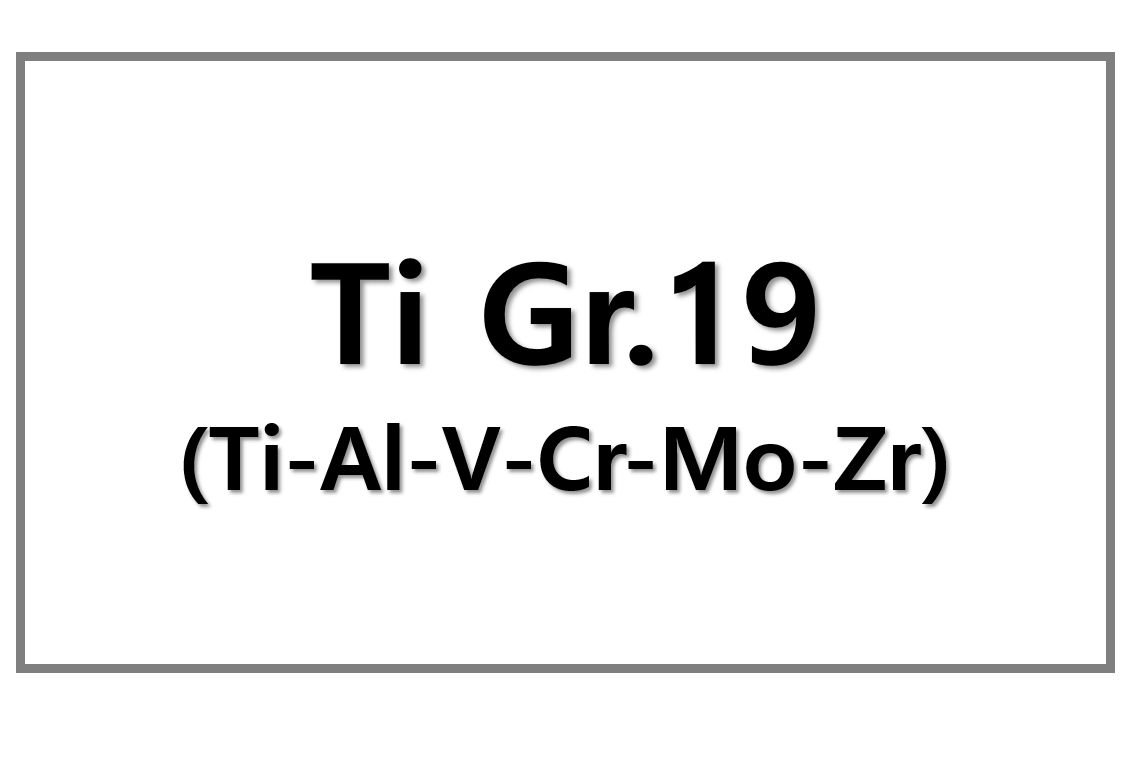
Policy Changes to Boost Aluminium Scrap Imports
China plans to increase aluminium scrap imports following new regulations that ease restrictions, effective November 15. Announced on October 23, these changes include allowing secondary high-purity aluminium and secondary deformed aluminium alloys. This complements the secondary wrought aluminium alloys permitted since 2020. The aim is to address China’s aluminium scrap shortages and improve resource use amid rising demand from the aluminium production sector.
Implications of the New Import Standards
The updated policy introduces stricter standards for imported scrap. The minimum aluminium content is now 91%, with a maximum impurity level of 0.8%. This is expected to encourage smelters to rely more on aluminium scrap, potentially reducing raw material costs. While the policy has been welcomed, high import prices tied to primary aluminium negotiations continue to pose challenges. Despite these pressures, the easing of restrictions has sparked renewed interest in the scrap market.
Rising Domestic Prices and Growing Demand for Scrap
From January to September 2024, China imported 135.2 million tonnes of aluminium scrap, marking a 6.7% year-on-year increase. This uptick coincides with rising domestic alumina prices, driven by tight bauxite supplies and high demand from aluminium producers. These conditions highlight the need for cost-effective aluminium scrap. Therefore, the regulatory shift is crucial for stabilizing supply chains and meeting demand in China’s aluminium industry.
Market Outlook and Future Dynamics
The new regulations offer a positive outlook for China’s aluminium scrap imports. However, the impact will depend on global market conditions, such as pricing and arbitrage dynamics. If these factors align, the policy shift could ease supply shortages, stabilize the aluminium market, and promote sustainable sourcing of raw materials.











Leave a Reply
You must be logged in to post a comment.